As we can see, understanding the composition of lubricants and what they are made from is also quite important, as it can help us use lubricants more effectively.
Lubricants come in several types, each with different main ingredients. We will analyze the main ingredients and their effects on the human body for each type of lubricant.
1. Water-Based Sex Lube
Water-based lubricants typically contain water, glycerin, cellulose derivatives, and other thickeners.
Water acts as a solvent for other ingredients and provides lubrication. Glycerin moisturizes, helping the lubricant stay wet on the skin and reducing friction. Cellulose derivatives increase the lubricant’s viscosity.
However, glycerin can also serve as a nutrient source for certain bacteria (e.g., Candida), especially in the vaginal environment, and may cause vaginal yeast infections.
However, water-based lubricants typically have a low pH, which creates an acidic environment that helps prevent the growth of pathogens such as Salmonella and E. coli.
When using water-based lubricants, washing off any residue with warm water is important.
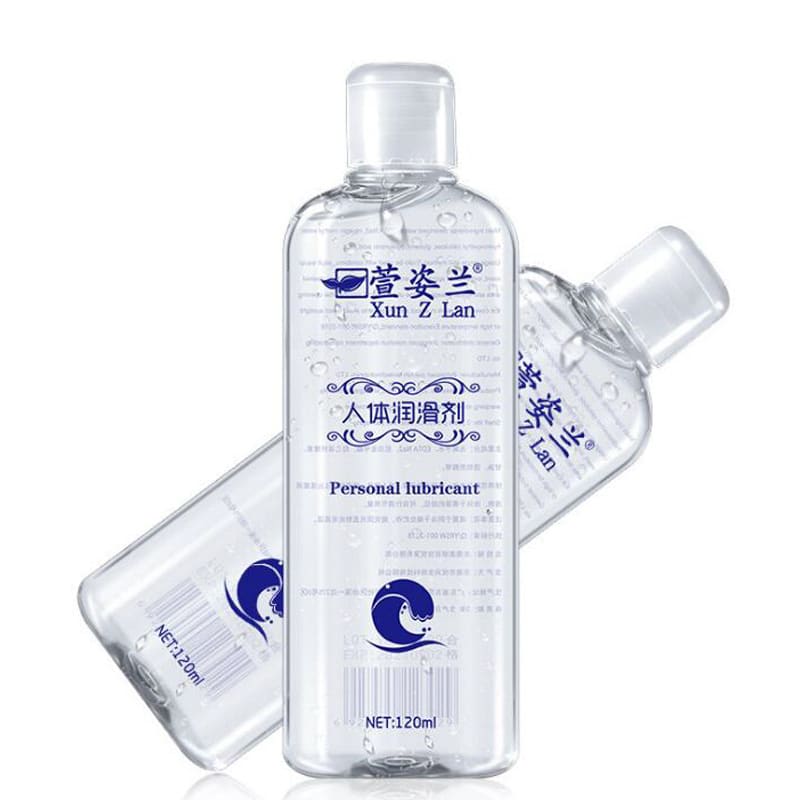

2. Oil-Based Sex Lube
Oil-based lubricants mainly contain minerals, plant oils (such as olive and grapeseed), and petroleum jelly.
The oil-based substances do not evaporate easily, allowing the lubricant to maintain its effect for long, making it ideal for full-body massages.
The downside is that the oil molecules can react chemically with latex materials, causing the latex to lose its elasticity and strength.
Since many condoms are made of latex, using oil-based lubricants with condoms increases the risk of condom breakage.
Oil-based lubricants do not contain water, and their environment may not be suitable for the growth of most bacteria.
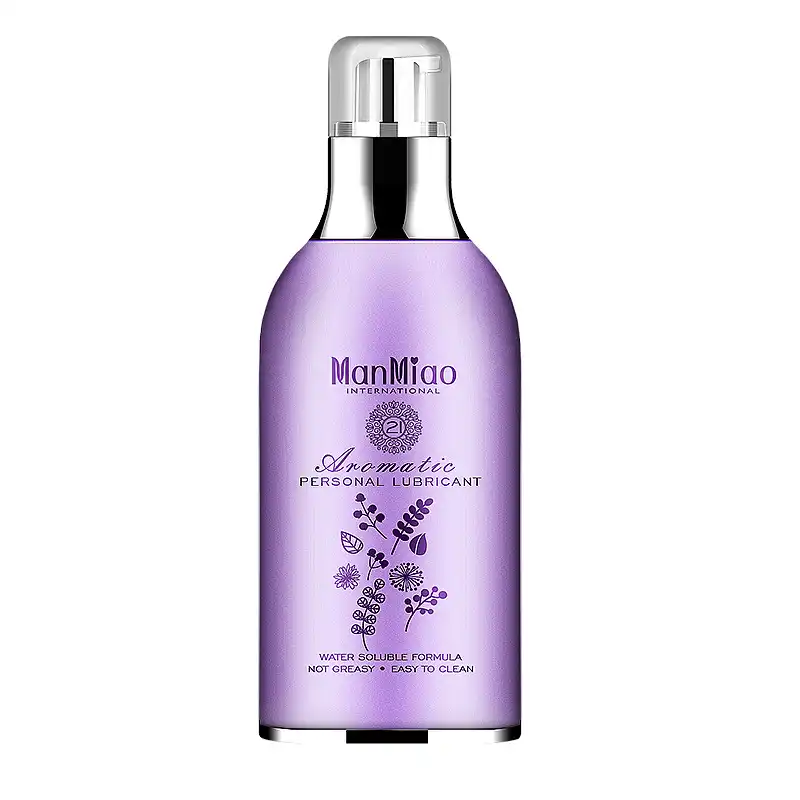
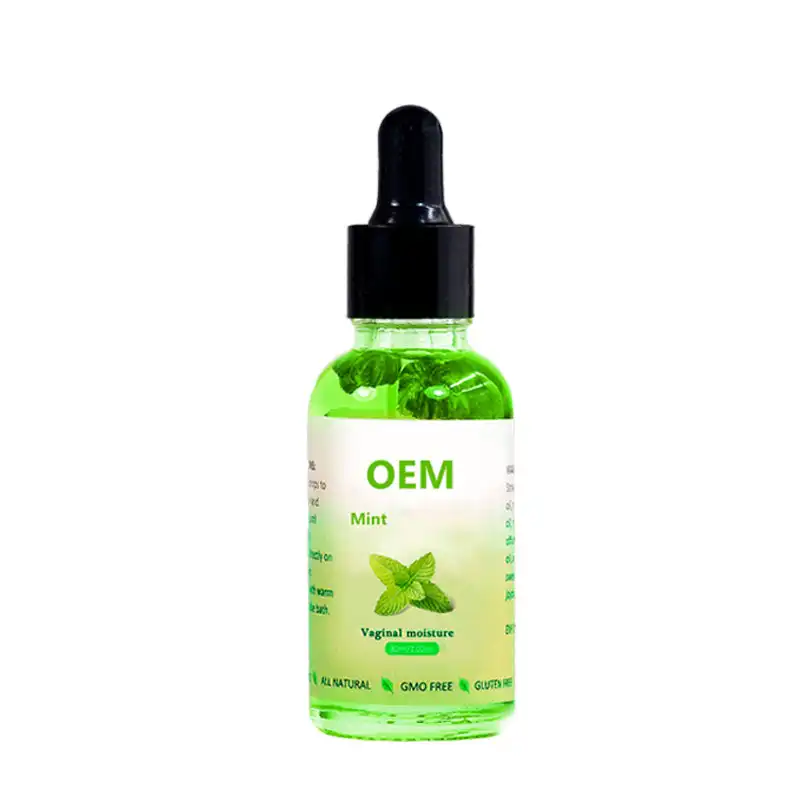
3. Silicone-Based Sex Lube
Silicone-based lubricants primarily consist of silicone oils (e.g., dimethicone, Cyclopentasiloxane) and do not contain water.
Silicone-based lubricants are the longest-lasting, as they are almost impossible to dry out, disappear, or absorb. They are ideal for situations where prolonged lubrication is needed.
The molecular structure of silicone oils is large and water-insoluble, allowing them to maintain their lubricating effect in underwater environments. Thus, they are suitable for use in water.
However, silicone-based lubricants may chemically react with silicone materials, causing the surface to become sticky, wear down, or peel, which can affect the lifespan and hygiene of sex toys.
4. Flavored Sex Lube
Flavored lubricants contain ingredients similar to water-based lubricants but often include various edible flavorings, sweeteners, colorants, or natural plant extracts.
Flavored lubricants are commonly used for oral sex, as their sweetness and fragrance can enhance the sensory experience.
However, flavored lubricants may contain sweeteners, colorants, or preservatives, which can irritate sensitive skin or the vaginal environment, leading to allergic reactions or discomfort. Therefore, they may not be suitable for all types of sexual activities, particularly anal sex.
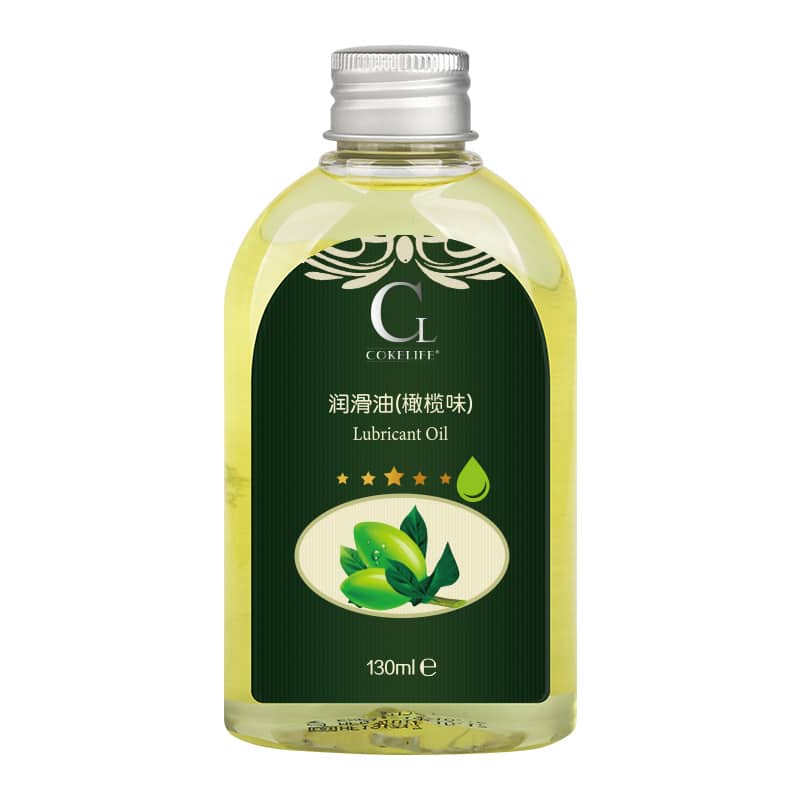
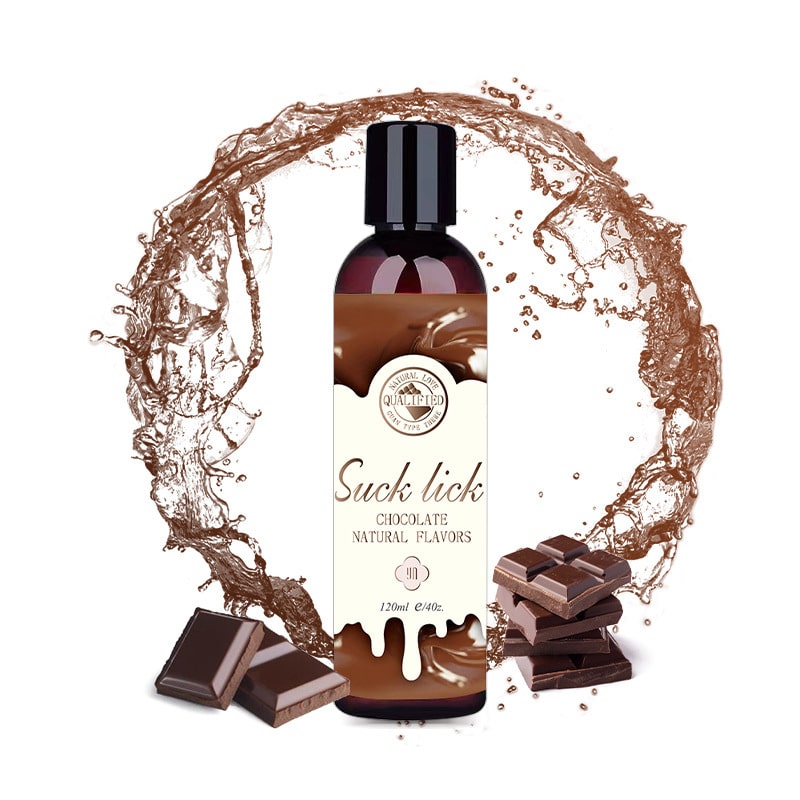
5. Hybrid Sex Lube
Hybrid lubricants combine ingredients from different lubricants, typically mixing water-based lubricants with oil-based or silicone-based lubricants to form a compound lubricant.
The specific mixture needs to be considered, and for example, water-oil hybrid lubricants should still be avoided when using condoms due to compatibility issues.
6. Other Lubricant Research
In recent years, with the growing focus on sexual health and sexually transmitted diseases (especially HIV, HPV, bacterial infections, etc.), several research teams and companies worldwide have been studying the ingredients of lubricants and their effects on preventing or resisting bacteria and viruses. Below are some recent studies in this area.
Antiretroviral Lubricants
Research on antiretroviral (ARV) lubricants focuses mainly on providing additional protection through lubricants to help prevent the transmission of HIV. ARV drugs, especially PrEP (pre-exposure prophylaxis), have been shown to reduce the risk of HIV transmission significantly. Scientists have recently explored incorporating these drugs into lubricants as a new protective measure.
Low Osmolality Lubricants
Researchers have found that low osmolality lubricants strongly inhibit bacterial growth, especially against common pathogens like Streptococcus and E. coli. Low osmolality lubricants have good control over bacterial growth.
Natural Plant Extract Lubricants (e.g., Tea Tree Oil, Aloe Vera)
Researchers from the Australian National University have found that tea tree oil has potent antimicrobial properties against various pathogens (e.g., Staphylococcus aureus, E. coli). Thus, lubricants containing tea tree oil have begun to enter the market.
Additionally, studies show that lubricants containing aloe vera can help alleviate vaginal inflammation and fungal infections (such as Candida) while also reducing micro tears caused by friction, thereby lowering the risk of bacterial infections.
Probiotic Lubricants
Some studies have started to explore the use of probiotic lubricants, such as Probiotic Life Lubricant, which aims to reduce the risk of bacterial and fungal infections by enhancing the natural defense system of the vagina.
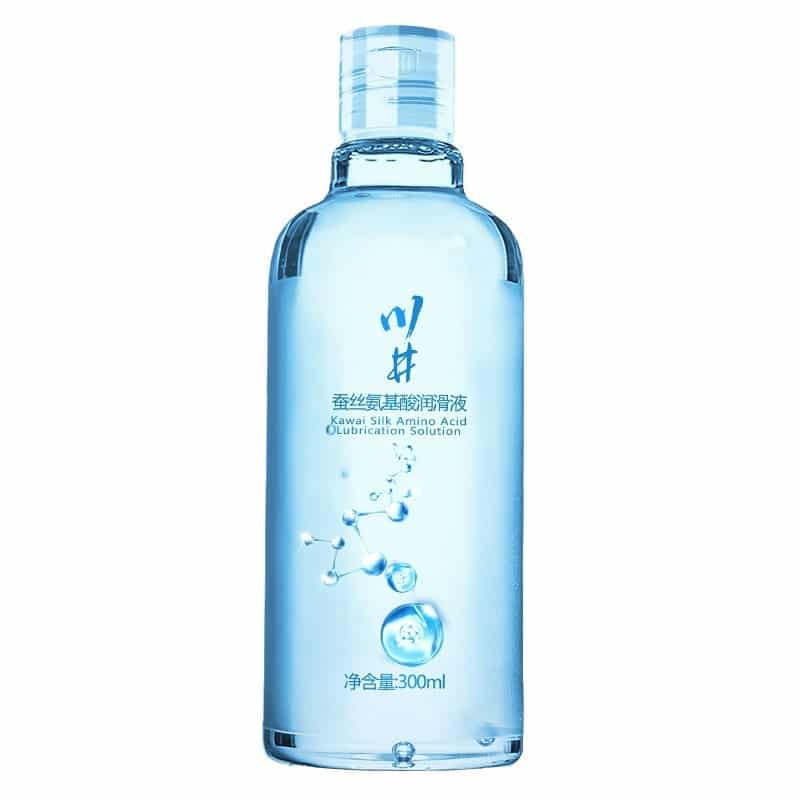
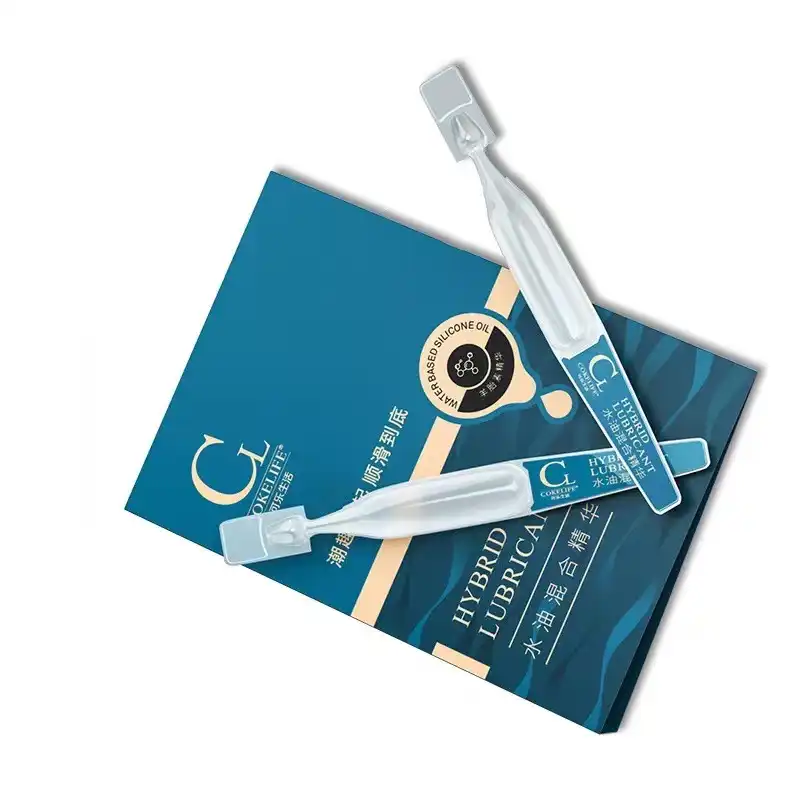
Conclusion
The various types of lubricants on the market have suitable scenarios, advantages, and potential health risks. Researchers are committed to developing safer and more effective lubricants, with particular focus on their effects on bacteria and viruses and their role in preventing sexually transmitted diseases.
With technological advancements and increasing health awareness, future sexual lubricants may not only serve as tools to enhance sexual experience but also become key elements in protecting health.

